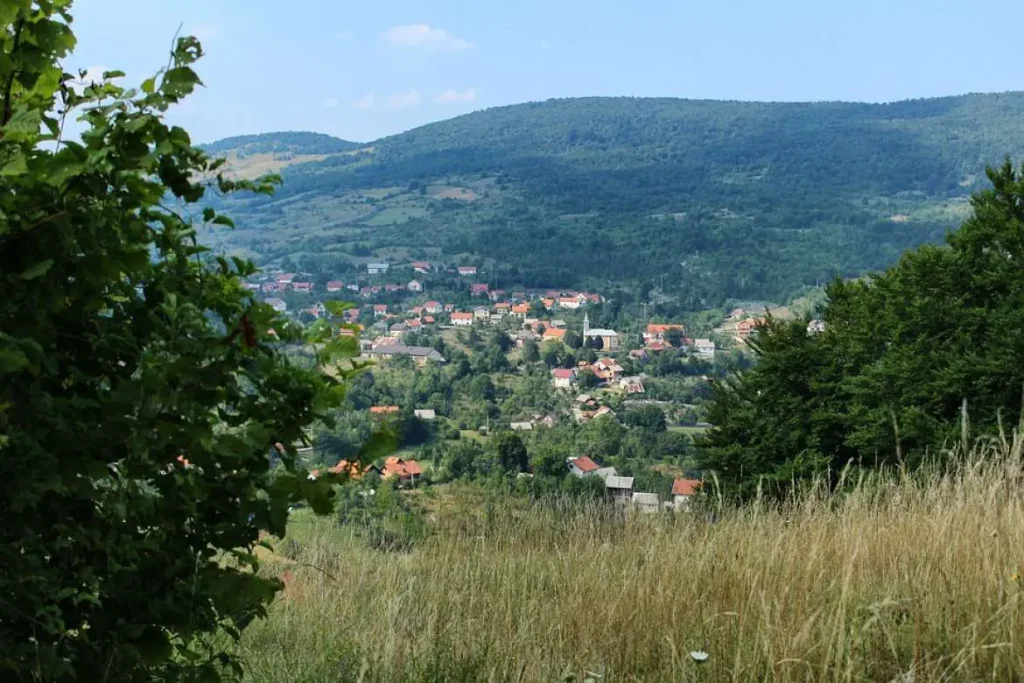April the 5th, 2023 – Is there going to be a considerable Croatian investment boom? According to the powers that be – Yes. An enormous 25 billion euros is currently on offer to the Republic of Croatia, and it represents an opportunity this country has never had given to it before.
As Poslovni Dnevnik writes, so far, the Republic of Croatia has by far the most money made available to it from all European Union (EU) funds – as much as 25 billion euros, which it must use by 2029. Minister of Regional Development and EU Funds Minister Sime Erlic deems this the opportunity of a generation.
”This is an exceptional opportunity for the Croatian economy and for all segments of society,” Erlic pointed out at a recently held workshop in Karlovac, with the message that the system for the implementation of European Union funds should be improved. In the new financial perspective, “we ‘e going one step further, we’re going forward strongly,” said Minister Erlic.
“This time we’re ready because we don’t need to build an entirely new system. We already have the people, knowledge, the development agencies. Now we are more experienced and we have to find those projects that provide the greatest added value for the wider community and those that have a strong sustainability component,” he pointed out.
Erlic also assessed that the state’s development cycle had been accelerated with the help of EU funds and that more than 70 percent of all public investments were financed from this source. “There’s no area of this country in which some kind of project financed from EU funds hasn’t been implemented,” Erlic pointed out, adding that by the year 2029, a real Croatian investment boom is set to happen.
“Investments will be made in innovation and research, in business competitiveness, energy efficiency, renewable energy sources, sustainability, waste management, in the water and communal sector, and so on,” he assured when discussing the upcoming Croatian investment boom we can all now expect.
He concluded by highlighting some of the investments in the least developed regions of the country and exploiting their potential as the biggest development challenge, including the fact that the government has reserved as much as 470 million euros for hilly and mountainous areas, and has also developed adapted programmes.
For more, check out our dedicated news section.










